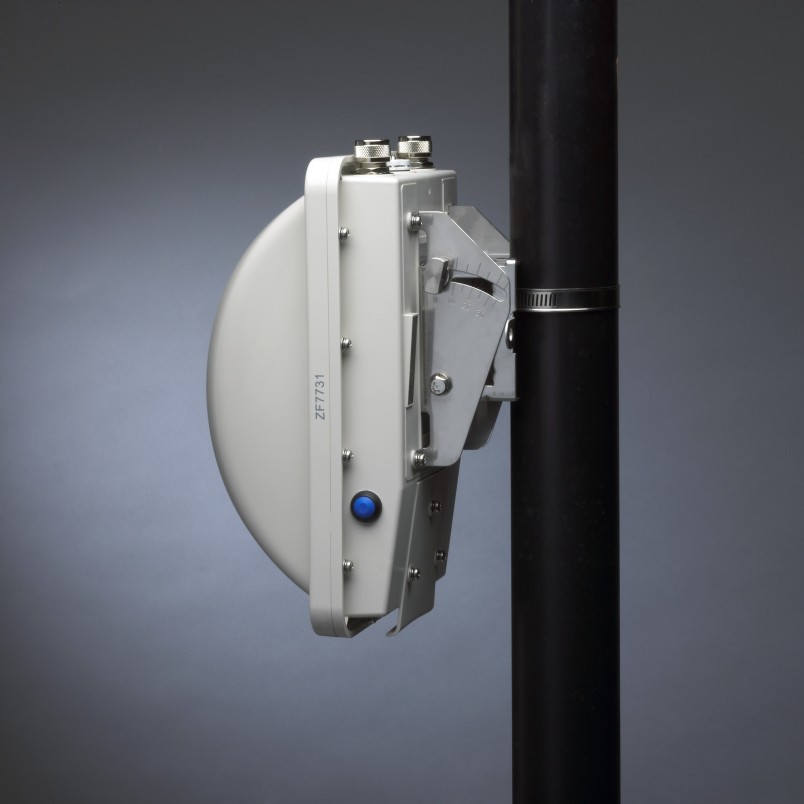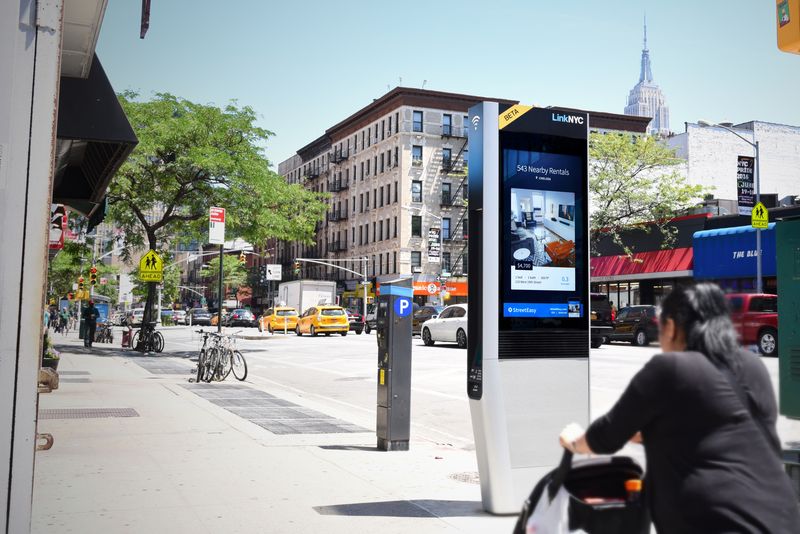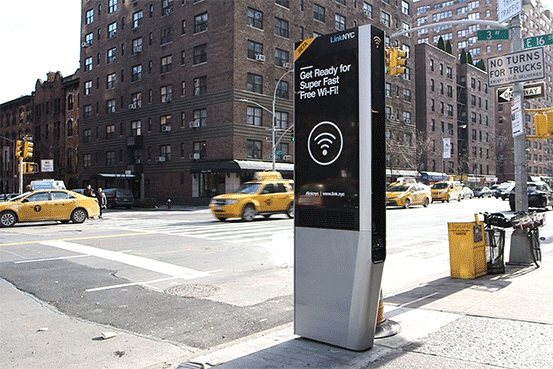
Your Wi-Fi could get even smarter in the near future. More and more services are now based in the cloud, and Wi-Fi management is no exception. Cloud-based Wi-Fi is often referred to as smart Wi-Fi, as it should offer new benefits to consumers and operators alike. Here’s a closer look at what the next generation of Wi-Fi is going to look like, and what benefits it could hold for us.
What is Smart Wi-Fi?

How a Smart Wi-Fi Hub Could Change Tech Access and City Advertising
Wireless technology has gone through many different incarnations over the years, from individual configurations all the way up to controller-less Wi-Fi. Today’s cloud-managed services can operate with the management, control, and data planes in a different location. One example of the new generation of cloud-based smart Wi-Fi is Nokia Networks’ AirScale technology. It’s designed to integrate with existing networks, making life easier for mobile operators. At the same time, customers are able to benefit with a smoother service. The AirScale model can be used both indoors and outdoors, and modules are also available to integrate into existing small cells for better coverage. This means that service providers who don’t have any access to a licensed spectrum can still deliver a mobile-like experience.
Benefits of cloud-based Wi-Fi

Google is working with Ruckus Wireless to build a Wi-Fi network in the cloud
Like other aspects of cloud computing, cloud-based Wi-Fi is smarter because it can be scaled up or down as needed to suit the situation. The services are offered depending on the context, taking advantage of analytics to deliver a service that’s better tailored to the consumer or business’s needs. The Wi-Fi can be monitored through the cloud management system, making it easy to manage from anywhere.
A common misconception is that when using cloud-based Wi-Fi, your data moves up to the cloud, making it insecure. However, data traffic itself doesn’t go through the cloud, simply the configurations and management of the network. This makes data processing more controlled, which actually can boost security rather than hinder it. A cloud-based controller could be capable of supporting thousands of access points. It’s possible to set up automated management, monitoring, and configuration of these access points from afar, which saves a great deal of time. As a result, Wi-Fi becomes more responsive. Another benefit is speed – smarter Wi-Fi is capable of providing gigabit speeds for a smoother, swifter connection that’s much needed with the high volume of connected objects we have today.
The Bottom Line

The Future of Public Wi-Fi: What to Do Before Using Free, Fast Hot Spots
There are a number of reasons to look forward to smarter, cloud-based Wi-Fi services. They can be more cost-effective, just like other cloud-based services. Smarter Wi-Fi offers a more efficient control over data, with services that can be scaled up or down as needed. You only need to pay for what you need at the time, just as with other cloud management services. There’s no need to pay for licenses that sit unused, for example. Smart Wi-Fi consoles can be used with small cells, indoors, and outdoors to work in a variety of different locations and situations. This flexibility is what makes the technology so appealing to many providers.




